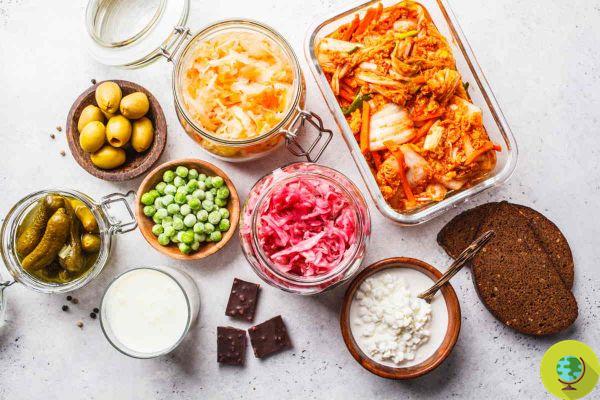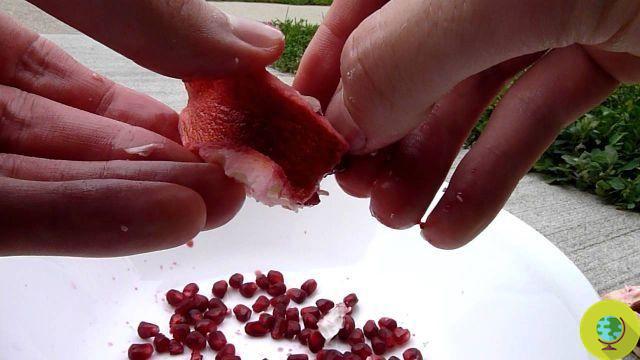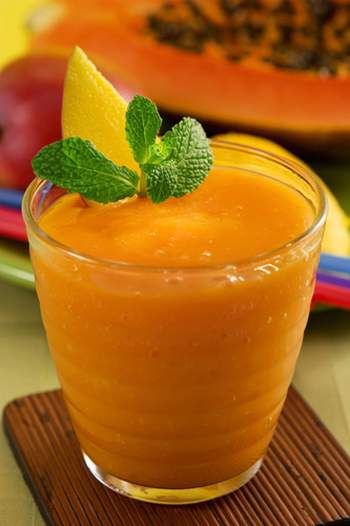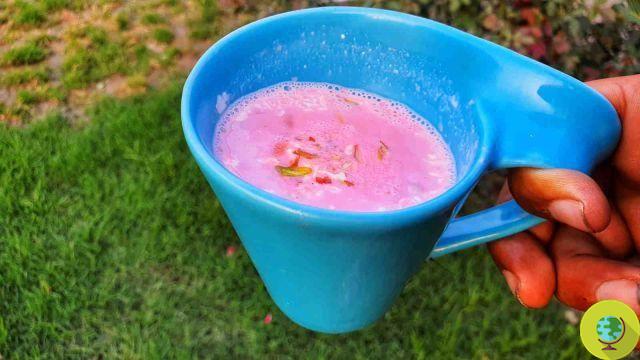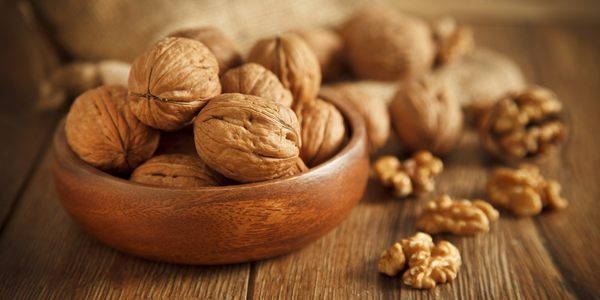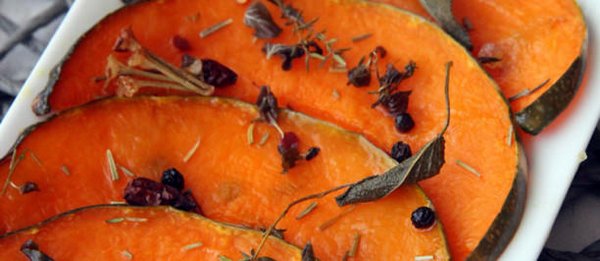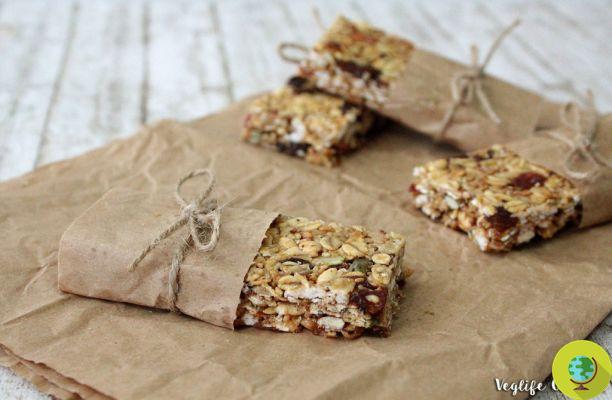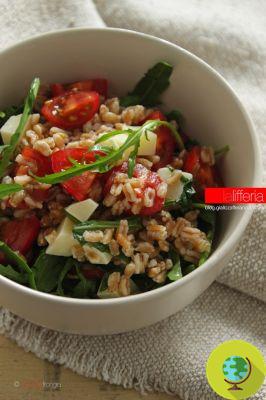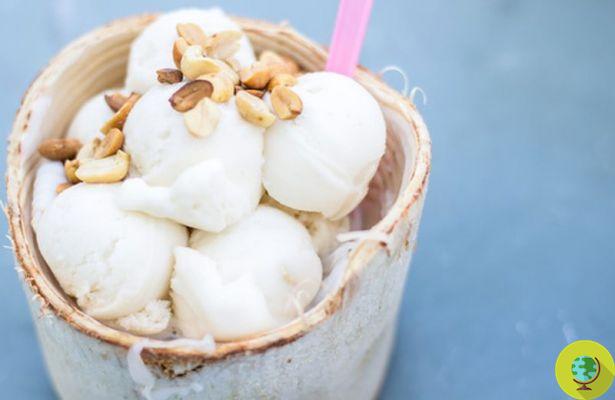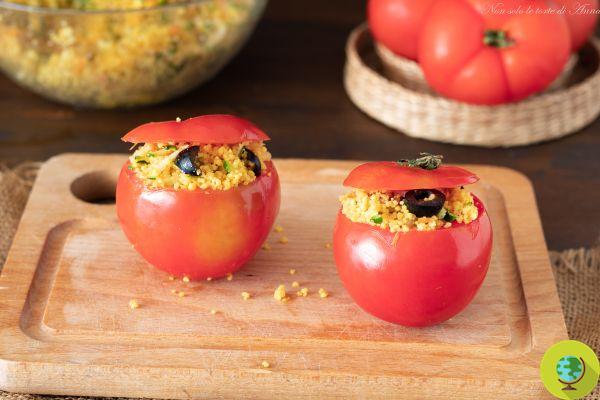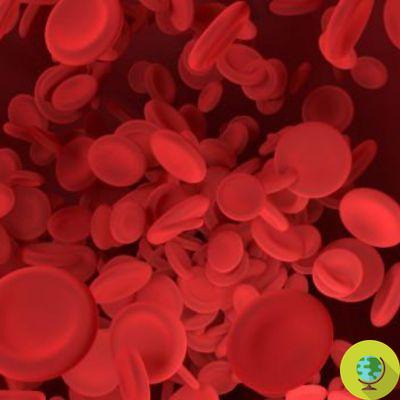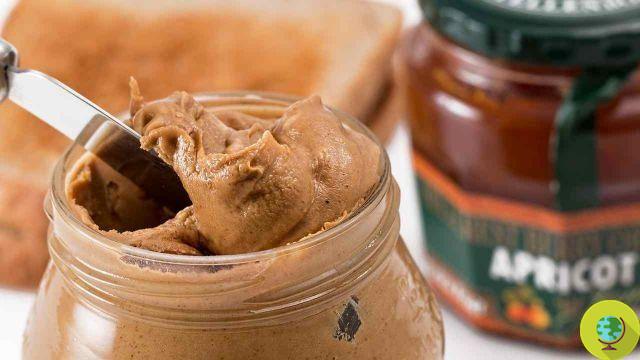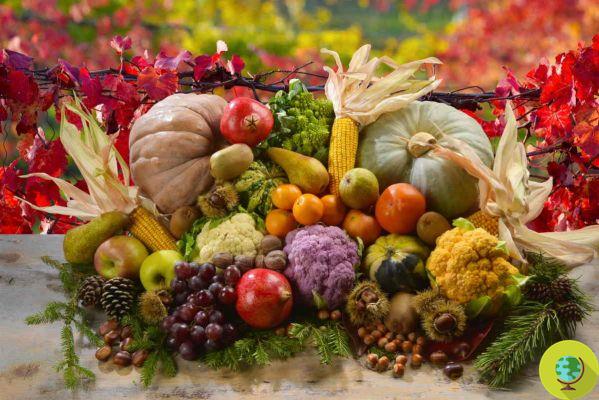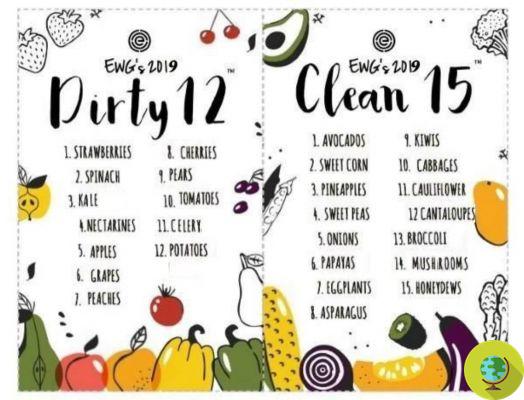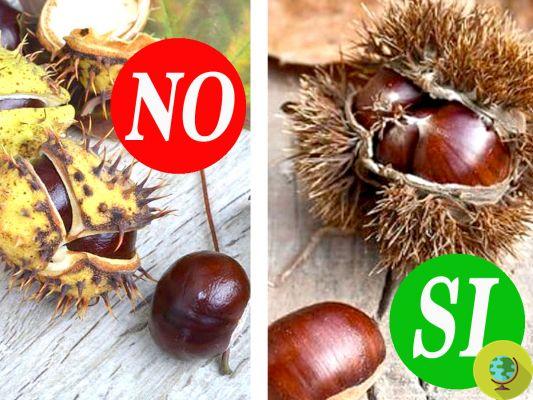
Chestnuts and horse chestnuts are similar, yet they don't have much in common. We explain how to distinguish the two varieties
Don't store avocado like this: it's dangerousChestnuts and horse chestnuts are similar, yet they don't have much in common. We explain how to distinguish the two varieties
La chestnut season began with autumn: children and gourmets will be delighted. Some varieties of chestnuts are safe to eat, while others are poisonous to humans, but they are perfect for crafts, we are talking about horse chestnuts. We explain the differences. (Read also: Chestnuts: properties, uses and how to cook them to enhance all their benefits)
Index
Chestnuts and horse chestnuts: which varieties are edible?
Horse chestnut and chestnut, also known as sweet chestnut, are similar, however they belong to completely different families of trees: the chestnut to the beech family, while the horse chestnut, poisonous to humans, to the family of soap trees.
The fruits of the sweet chestnut are called chestnuts or marroni, they are not only edible, in fact, in past centuries the chestnut was even used as a staple food for the rural population thanks to its high starch content. Today they are the autumn fruit par excellence.
Horse chestnuts and chestnuts: here are the differences
Fortunately, chestnuts and horse chestnuts are easily distinguished:
- on the leaves of treesThe large leaves of the horse chestnut consist of five smaller single leaves and are similar to beech leaves. The leaves of the sweet chestnut, on the other hand, are found individually on the branch and have small pointed thorns on the edge.
- on the fruit shell: the fruits of the horse chestnut are in a hard and thorny shell. The chestnut shell, on the other hand, is made up of many soft thorns.
- on the fruits: the fruits of the horse chestnut range from spherical to pear-shaped. The shape of the browns is rather flat and pointed.
Sweet chestnut: when and how to eat chestnuts
The chestnut groves bloom in June and July, and the fruits fall from the tree at the earliest at the end of September. You can find chestnuts in many parks and deciduous forests, so it's worth keeping your eyes peeled while walking. Chestnuts are not only tasty, they are also healthy: They contain a lot of calories, but also high-quality proteins, are gluten-free and are less fat than walnuts. There are also valuable minerals and vitamins such as potassium, la Vitamin C and B vitamins.
Chestnuts can be prepared and consumed in many ways; in the case of raw chestnuts, the peel must first be removed. If you plan to cook them in a pan or bake them, be sure to cut them crosswise so that they cook optimally. Once cooked, you can peel and eat them.
Are horse chestnuts edible?
Horse chestnuts bloom earlier, from April to May, and their fruits ripen in September and October. This variety is dangerous and humans should not consume horse chestnuts, because they are poisonous and toxic. Ingesting these fruits can cause vomiting and nausea, and even one can appear in the case of an overdose severe hemorrhagic syndrome. Dogs and horses should also not eat horse chestnuts, because in the worst case the fruits could cause poisoning.
Follow us on Telegram | Instagram | Facebook | TikTok | Youtube
Photos: Oekotest
Could it be interesting for you:
- “Adopt a chestnut tree”: the campaign to save the centuries-old chestnut wood of the Duchess Matilde
- Tricks and mistakes not to do to peel chestnuts (raw or cooked)
- When collecting chestnuts is a crime (which could also cost you prison)
- Do chestnuts make you fat?
- Boiled chestnuts: the original recipe and some tasty variations
- Crazy chestnut in your pocket against colds: the legendary natural remedy for autumn
- Horse chestnut: properties, uses and contraindications






